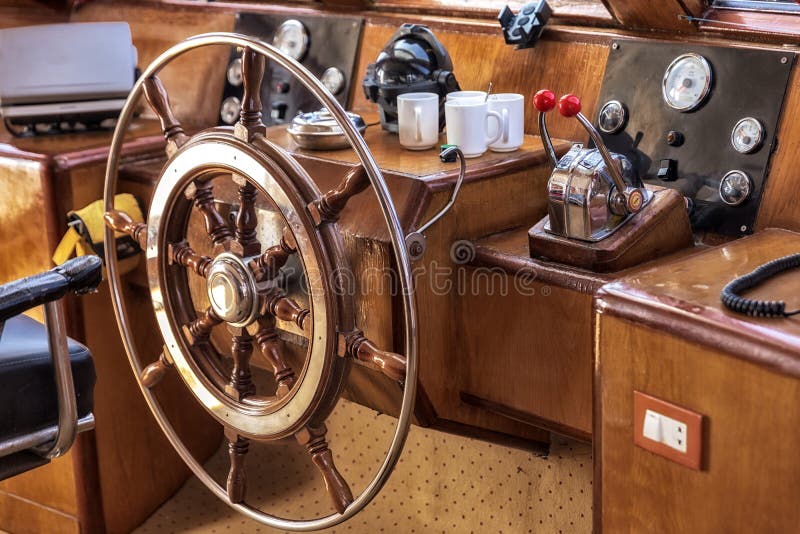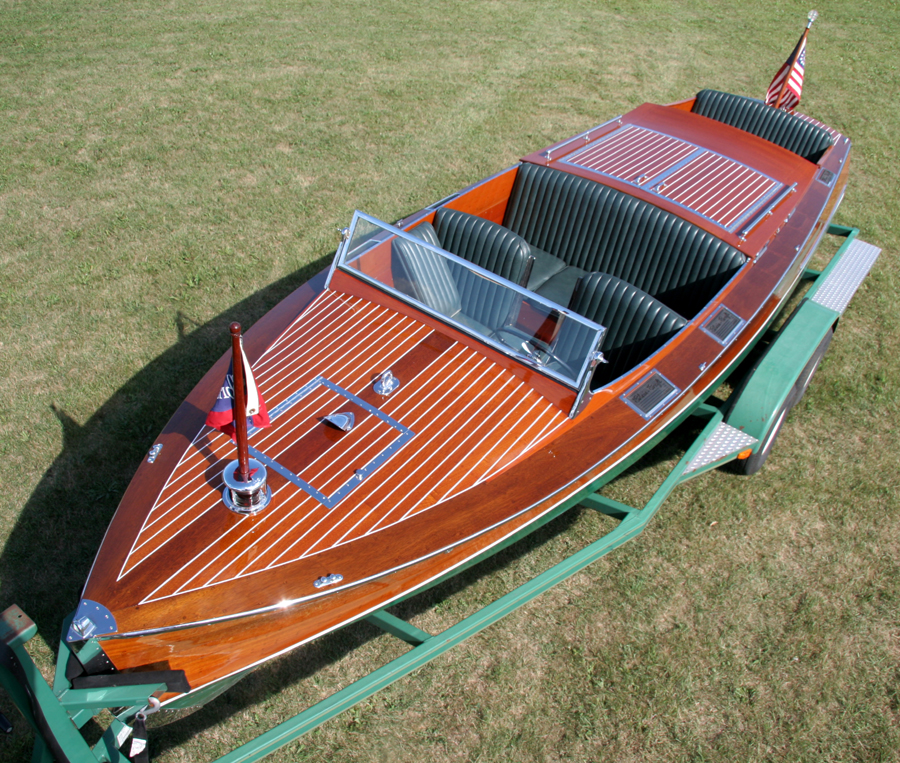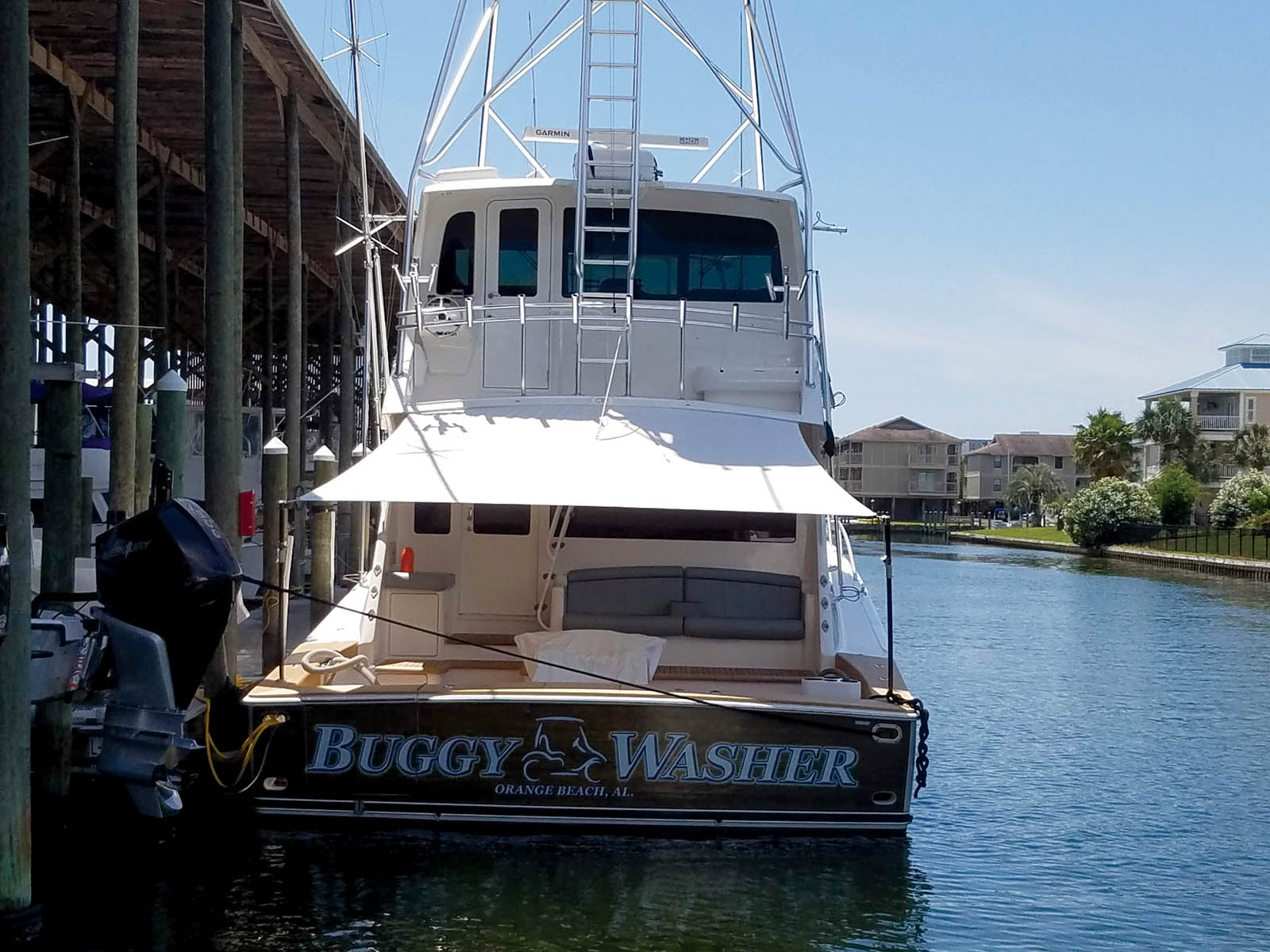

It will seat six easily and is a good width for bracing with your feet when heeling. The center cockpit model provides a seating area with a deep well and has great angled seatbacks that make it comfortable. Hatches and ports have been a source of consternation, earning the boats the nickname ‘Cheoy Leaky.’ Look for a boat where the previous owner has already replaced them, as it can be a $20,000 job. The spars were deck-stepped and in some cases wood. Whether rigged as a ketch or sloop, these boats were easily managed short or single-handed and carried 900 to 950 square feet of sail. The boat has a fine entry, a wineglass-shaped transom, relatively low freeboard and really lovely lines overall. The boat is heavily laid up without a liner – the stringers and bulkheads are tabbed to the hull and deck and the design is fairly stiff. The underbody is an elongated fin keel with internal ballast and a skeg-hung rudder. They were available in center or aft cockpit versions with ketch or cutter rigs. Cheoy Lee 44 This boat's construction features a cored sandwich with solid glass below the waterline. The Cheoy Lee 44 is a moderate displacement Robert Perry-designed cruiser with a low cabin top and a sleek profile. These boats are true long-distance cruisers, with 250 gallons of fuel and 200-250 gallons of water, both kept in integrated fiberglass tanks that are below the cabin sole.

The original ketches were built from 1985 to 1988 but they were imported into the European market as sloops well into the 1990s. Celestials were built until 2002 when the Xiamen yard was reorganized and focused on building Passport and Outbound yachts. Due to the rounded bilge design, it’s best to reef this model early as she doesn’t like to be on her ear. With all canvas up, the boat will do six to seven knots on a close reach and nine knots on a beam or broad reach in about 15 knots of true wind. The Celestial 48 ketch is a good light-wind performer and is surprisingly agile for a center cockpit cruiser with a displacement of 27,000 lbs. To port, there’s enough space for a small genset and the forward bulkhead has plenty of room for equipment installation including a battery charger, fuel filters, and the raw water strainer. On the starboard side of the engine there’s a cabinet and room for additional equipment like a water-maker. This dedicated, well-insulated and well-lighted machinery space allows access to all sides of the engine – originally a 62 HP Perkins or Lehman. Another remarkable feature is the engine room with its own door. One of the highlights of this model is the expansive owner’s suite aft, with a king-sized centerline bed and a head with a separate shower stall and seat.

The hull is balsa cored to the waterline with solid glass reinforcement at the chainplates and thruhulls. The draft is 6 feet of fully encapsulated, elongated fin keel, consisting of two solid lead castings. This model is actually 50 feet LOA, and 48 feet on deck. Some have tried to attribute the model to Robert Perry or Sparkman & Stephens but it was most likely Bryce Fuhriman, who may have “borrowed” a Ted Brewer design. Celestial 48 Determining the original designer of this sailboat has been tricky. For those who are less fluent in the language of Shakespeare, do not hesitate to activate the automatic subtitles in English which can be a useful aid.The Celestial 48 line of moderate displacement center cockpit cruisers is from the Chinese yard of Xiamen. While waiting for the next step, moving a partition, the work is now very concrete on Duracell. The space will house the future cabins, with bunk beds. He also removed the port and starboard side ballast tanks, which were used by the racing yacht to gain power and adjust its trim. Using a jigsaw and a friend, Matt removes the benches and the bottom of the cockpit. Destruction of the existing cockpitĪlready started to remove the engine from its compartment, the deconstruction of the cockpit continues. Below decks, 2 cabins will be located under the new cockpit. As he shows us on a plan and in photos, he will create, on a larger scale, the same doghouse, with its comfortable benches for the night and its kitchen in deck saloon mode. For the refit of Duracell and its transformation into a comfortable cruising yacht, far from the spartan Vendée Globe competitor, Matt relies on the experience he had aboard the 40-foot Louise, with his partner.


 0 kommentar(er)
0 kommentar(er)
